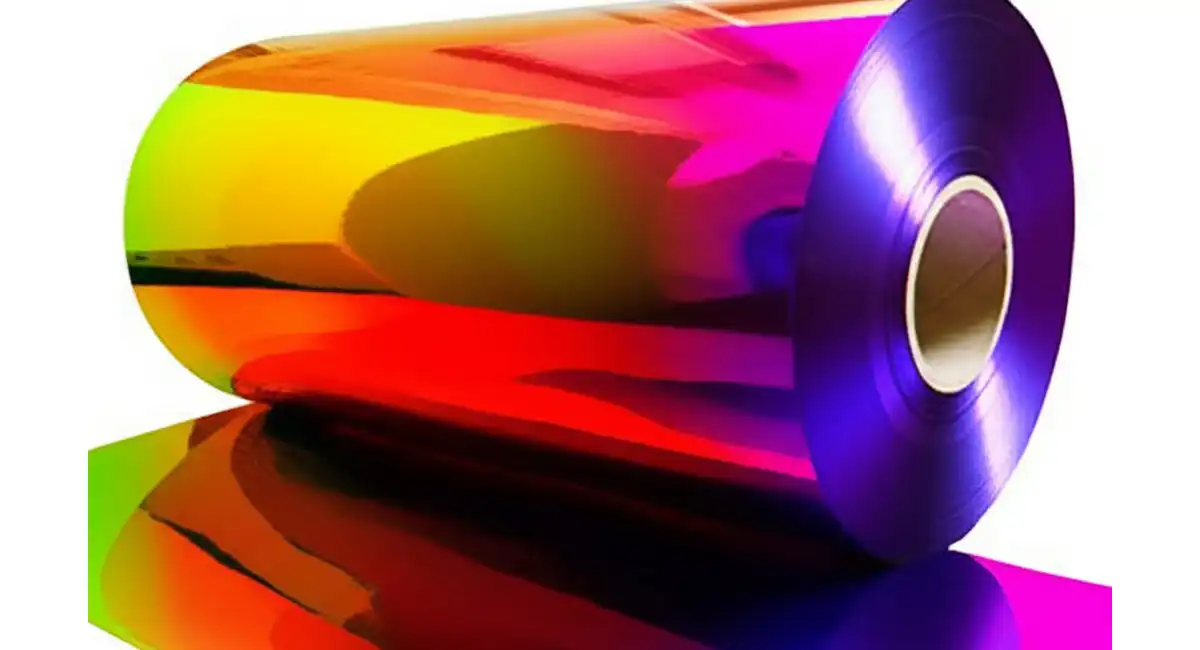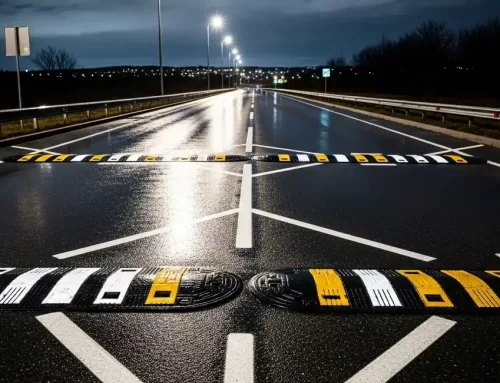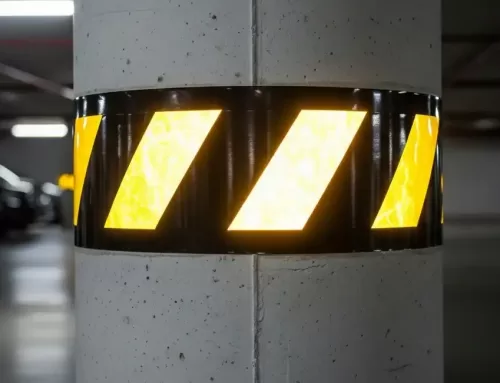The ultimate guide to reflective film: principles, identification, and quality testing
Brief introduction of reflective materials:
Reflective materials are based on the principle of retroreflection. They can use the illumination of car lights and the reflection of light to “light up” the front, increase the distance at which the driver can find objects in front, and thus give the driver more time to take corresponding safety measures.

How to distinguish the authenticity of reflective film for signs, since the reflective film is so significant?
The following content introduces the following:
Method 1
The genuine reflective film has a micro-prism structure.
When observing its surface at a 45-degree angle in the sun, there will be a rainbow effect. If there is no such effect, it may be fake.
Method 2
Genuine reflective film is attached with a watermark reflective label when it leaves the factory.
Hold a flashlight between the two eyes and parallel to the two eyes. The light source shines on the label.
The eyes follow the light source, and the label will reflect a dazzling watermark.
Method 3
The micro-prism structure of the genuine reflective film and the surface film are permanently combined together using a special process during the production process, and there will be no peeling or shedding.
Why does reflective film use special technology?
The reflective film used for road traffic signs is a high-tech product.
The main function is to use the unique properties of the reflective material of the reflective film to reflect light in the direction of the light source.
Reflective film is a novel reflective material formed by combining the reflective layer formed by glass beads with polymer materials such as PVC and PU using a special process.
Reflective materials, also known as retro-reflective materials, retro-reflective materials, reflective materials are widely used in various road traffic safety facilities such as traffic signs and markings, raised road signs, contour signs, traffic cones, anti-collision barrels, as well as car license plates, clothing and shoes, fire protection, railways, water transportation, mining areas, etc.
And can be divided into traffic sign reflective materials, road marking reflective materials, raised road signs, contour signs, reflective materials for clothing, etc.
The realization of the retro-reflective function of light is achieved through various reflective materials with retro-reflective properties.
Most of these reflective materials are not naturally formed in nature, but rely on human creativity and are new substances invented and synthesized.
Retro-reflective technology brings together multiple disciplines and technologies such as optics, materials science, mathematics, and organic chemistry.
How to test the quality of reflective film for signs?
Method 1
Testing the acid and alkali resistance of the reflective film.
Regarding the detection of the acid and alkali resistance of the reflective film, it can be said that many people will ignore it.
We need to test it in different acid and alkali solvents, and the reflective film test values obtained should meet the standards specified in the national standard GB/TI8833-2002 “Reflective Film for Highway Traffic Signs”.
Method 2
Check the brightness of the reflective film.
We can observe it from different incident angles and check the reflectivity of the reflective film to determine whether it meets the standards specified in GB/TI8833-2002 “Reflective Film for Highway Traffic Signs”
Method 3
Judging from its supply form.
The reflective film supplied in rolls should be uniform, flat, and tightly wound on a rigid round core, with neat edges, no deformation, no defects, and no irrelevant items.
If it does not meet these requirements, it is unqualified.
In fact, the material of the film, the reflective coefficient of the glass beads, the beading rate, the dead beading rate, the color uniformity, the weather resistance, the viscosity of the adhesive layer, etc.
These are all key points that can be used to judge the quality of the reflective film.
In addition to the above three methods, the simplest way is to check the quality of the sign’s reflective film from its appearance.
The surface of the reflective film should not have scratches, streaks, bubbles, uneven colors, or other defects.
The surface should be smooth, clean, and free of stains and debris.
Conclusion
The refractive ability of reflective materials is different, but in road traffic construction, no flaws are allowed.
That is to say, everyone needs to master the skills of how to identify reflective film and other information about it, especially road signs.





